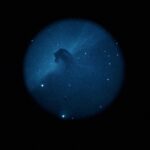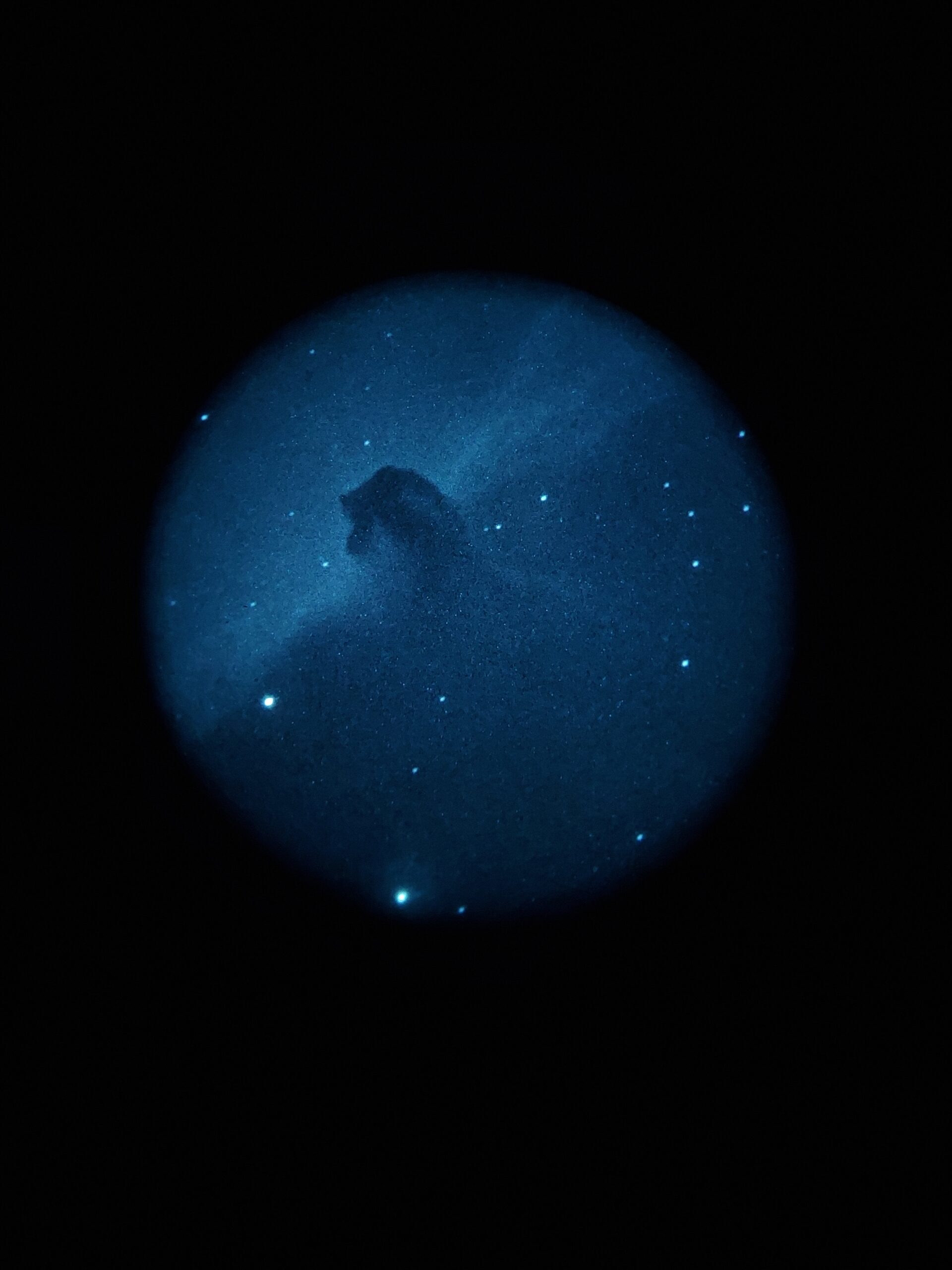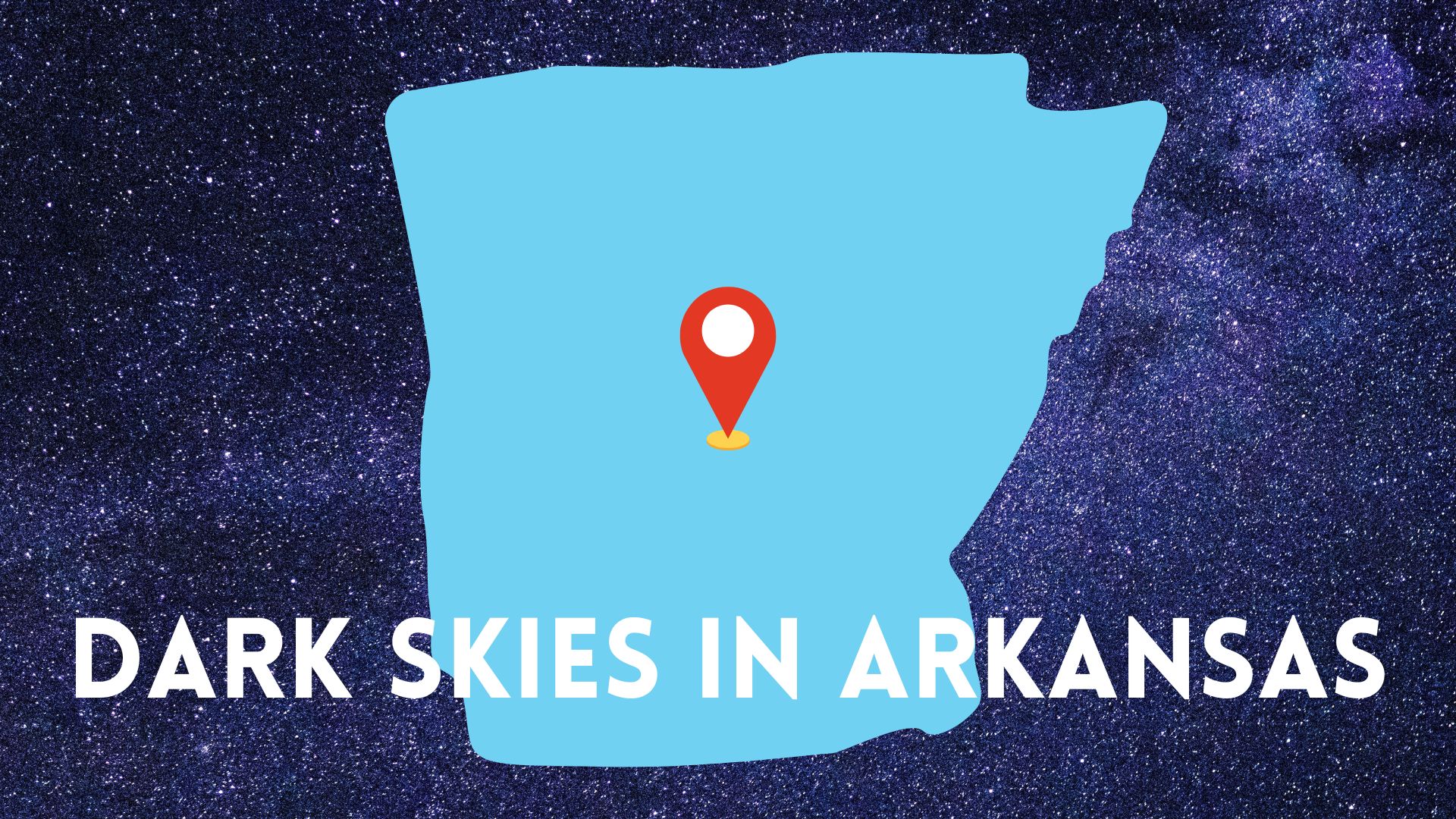The Pleiades is one of the most recognizable objects in the night sky, it is visible in the night sky even in cities and areas with lots of light pollution.
It is very bright and very open. Often when I am out with my telescope, people will point to it in the sky and ask me about it.
It has many names: the seven sisters, the seven stars, Messier 45, and it is also a well known asterism or recognizable group of stars.
The Pleiades is about 444 miles away and is located in the constellation Taurus.

Is The Pleiades a Nebula?
We call the Pleiades an open star cluster. It is a group of stars, but there is some faint nebulosity or wisps of bluish clouds around the cluster.
The dust around the Pleiades was thought to be a result of the star’s formation, but more recent research by NASA indicates that the light from the stars are simply illuminating the dust around them.
The light from so many closely spaced stars make the dust visible. The dust is thought to be unrelated to the stars.
The dust gives the stars an appearance like a nebula, but as a group they are not a nebula.
The Pleiades does house one nebula, The Reflection Nebula, NGC 1432 is located within the asterism.
When observing this object visually, you want to use your lowest power eyepiece because the object is so large. Even with the largest field of view available to you, it may not be possible to see all seven stars at once.
The Reflection Nebula in Pleiades
Reflection Nebula are clouds of dust that are illuminated by the light of nearby stars. The stars are not strong enough to create an emission nebula. Reflection Nebula are most often blue in color and are always located close to a bright star.
The strongest Reflection Nebula located in The Pleiades is brightest around Maia, the fourth brightest star in the asterism.
The star Merope was observed in 1912 and it was determined that the star itself was not a nebula, but rather the light from the star was illuminating a reflection nebula.
This is often referred to as a diffuse nebula.
This term is applied to emission nebula and reflection nebula even though these objects are very different, visually they are quite similar.
Can I See Color in The Pleiades?
It is possible to see the faint blue color of The Pleiades visually, but the faint dust clouds color is much more pronounced in long exposure photographs.
The eye needs light to see color, which is why most objects appear black and white. The Pleiades, however, is a very bright object which makes it possible for your eyes to make out the blue color of the object.
The colorful images that are captured by high power telescopes are long exposure photographs. Cameras can see things that our eyes cannot with longer exposures.
Long exposure photographs of the Pleiades make the blue color of the dust surrounding the stars visible as well.
The star cluster is best observed in January when it is most visible to us on Earth.
Observing The Pleiades with a Telescope
The Pleiades is a very large object to observe with a telescope, but it is also an impressive target.
In excellent conditions you can make out all 9 of the brightest stars in the asterism:
Alcyone
Atlas
Electra
Maia
Merope
Taygeta
Pleione
Celaeno
Asterope
Sterope
These stars are named after the seven sisters and their parents in the Greek Myth that gives this asterism it’s name.
You will also be able to make out the surrounding dust of the reflection nebula.
Use the widest field of view and lowest power eyepiece available to you when observing the Pleiades.
Most telescopes will not allow you to see the whole thing in one field of view, so find the area that is most beautiful in your telescope and allow the formation to pass across your view or slew around and look at different areas.
You may consider a coma corrector if elongated stars bother you. This article gives my thoughts on the most infamous coma corrector, the Parracor.





